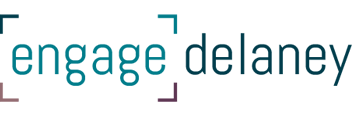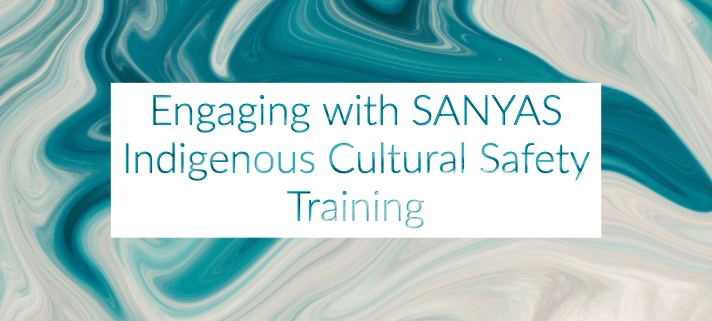Engaging with SANYAS Indigenous Cultural Safety Training
Over the past 8 weeks, I completed the SANYAS Indigenous Cultural Safety Training Program offered by the Provincial Health Services Authority of BC. The training option I participated in focused on cultural safety in the health care sector.
By way of background, Indigenous Peoples and their culture is not an area that is new to me. From the time I first moved (back) to Canada in my elementary school years until now, Indigenous Peoples have almost always been a part of my personal and professional life. Currently, through my work in public participation and engagement, Indigenous Peoples have been a part of my engagement plans and sessions we have designed in many sectors – primarily focusing on how to engage various stakeholders and how to lower barriers to participation.
Learning about Indigenous Peoples and their cultural diversity, that can be as distinct as between any two nations (think as different as Irish and Japanese) was not new to me. However, as I listened to, read, absorbed and reflected on the material of the course this past 8 weeks, I did so at this point in my life through the lens of an engagement professional. In reading about the history of Indigenous Peoples, intended to educate on those historical factors that shape the current social and political realities of Indigenous Peoples, I noticed a clear backbone of words emerging. Listening to stories told by residential school survivors, and those who were patients in Indian Hospitals and sanatoria, and reading on the colonial policies and practices specific to controlling the land of Indigenous Peoples, a clear backbone of words emerged. A backbone that appeared to me the exact opposite of everything we strive for in good engagement and public participation practice.
Separating people versus bringing people together to understand one another and learn
Mandatory versus choosing/involving people in decisions that affect them
Hierarchy/Dominant/Superior/Inferior versus respectful of differences and listening to understand
Silencing/Lack of Communication versus encouraging, seeking and listening to input
Assimilation versus respect for differences
I reflected throughout the course on how I might better improve my engagement practices and how I might better ensure cultural safety in my interactions, specifically with stakeholders that are Indigenous. I thought about our use of pre-engagement interviews, where we gather input on what is important to stakeholders and our commitment as IAP2 professionals to good practice including seeking input on the design of the engagement process as well as the content. I thought about how I could better examine sessions I design for input on different approaches to keeping time, information sharing and building trust.
But it wasn’t until toward the end of the course that I had my own perspective-shifting, “a-ha” moment. Although I had done some important work in examining my engagement practices, I realize that my vantage point on the entire course had missed the bigger engagement picture. Generally, I am brought in as a neutral third-party to seek out, encourage, record and report on the voices of others. So naturally, I had focused on the important work of how to best engage Indigenous Peoples and seek input on decisions that affect them as stakeholders. However, in the reconciliation context, the moment that shifted everything for me was when I realized the importance of my own engagement, and by extension the importance of the engagement of all non-Indigenous Canadians – newcomers and those who have been here for generations, young and old. The willingness to be engaged and encourage engagement that shares and expresses the stories of non-Indigenous Peoples to help us to recognize our own role in the racism and lack of cultural safety that exists today. The other half of the equation: How do we engage non Indigenous Peoples who might feel very uncomfortable or reluctant to recognize their role in today’s inequities? How do we create the spaces to learn and understand history and inequality today as well as learn and understand our own biases, values, roles and the backs upon which our privileges and lives have been built? How do we evolve as human beings and contribute to a healing, stronger, healthier and more robust relationship between Indigenous and non-Indigenous Peoples especially where we have long thought of ourselves as unbiased and fair? This type of engagement has its own barriers and non-Indigenous People have their own needs in session design. How do we engage those who have long had the only voice and feel that it is no longer their turn to speak? Relationships cannot be built with only one party showing up. These are difficult questions that require time and thought. There are no simple answers, but the guiding principles of good engagement practice: respect, values-based dialogue, engaging frequently, avoiding assumptions are some of the good guidelines that can help us on this path forward.




